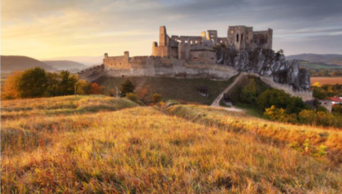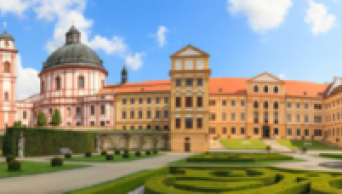About Zvíkov Castle - Zvíkovské Podhradí and accommodation in the vicinity
Zvíkov Castle, often nicknamed the "King of Czech Castles", is a historical pearl hidden in the heart of the Czech Republic. This Gothic castle stands on a rocky promontory above the confluence of the Vltava and Otava rivers, where it has watched over the landscape since ancient times. The foundation of the castle is connected with the royal family of Přemyslov, specifically with Přemysl Otakar I, who acquired the land for its construction in 1226.
























